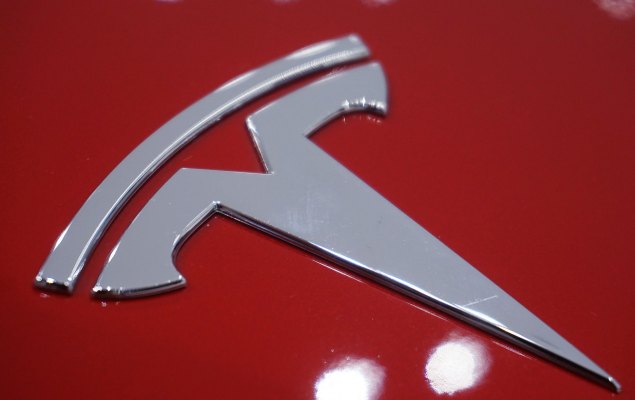ARTICLE AD
The automaker's earnings show a company at a profit-growth crossroads

Tesla’s strategy to drive sales through price cuts combined with the cost of bringing the Cybertruck into production put pressure on profits in the fourth quarter, according to earnings reported Wednesday.
While the company has managed to continue to expand sales — hitting a record delivery of 1.8 million EVs in 2023, it hasn’t translated to the same growth in profits, or even revenue. Even as Tesla’s deliveries have grown, its profits have narrowed largely due to price cuts aimed at driving sales and increased costs related to future products.
What’s more, Tesla cautions in the Q4 and annual earnings release it is currently “between two major growth waves.” While the Model Y and Model 3 have launched the company to greater success over the last few years, Tesla says the growth of its vehicle sales “may be notably lower” in 2024 as it prepares to launch a new vehicle platform on which it plans to build a smaller EV that costs around $25,000.
Shares fell 3.6% to $201.70 in after-market trading following the earnings report.
Tesla reported net income (on a GAAP basis) of $7.9 billion in the fourth quarter, an unusually outsized figure that includes a one-time non-cash tax benefit of $5.9 billion for the release of valuation allowance on certain deferred tax assets.
The company’s operating income and its earnings on an adjusted basis provides a clearer picture of its financial performance.
Tesla reported operating income of $2.1 billion in the fourth quarter, a 47% decrease from the same year-ago period. Those results were negatively affected by an increase in operating expenses largely driven by AI and other R&D projects, the cost of the Cybertruck production ramp and lower revenue from its so-called Full Self-Driving software, according to Tesla. Tesla spent $1.1 billion on research and development in the fourth quarter, a 35% from the same period last year.
On the upside, Tesla said that it has benefited from a lower cost per vehicle, including raw material costs, the Inflation Reduction Act credit and growth in vehicle deliveries — all of which helped lessen the profit gap.
On an adjusted basis, the company earned $3.9 billion, a 27% drop from the same period last year.
Tesla was able to claw back some of its automotive industry-leading margins in the fourth quarter, thanks in part to a push to further reduce costs.
The company’s automotive gross margins, excluding regulatory credits, came in at 17.2%. That’s the first quarterly increase since Tesla began heavily cutting prices last year. But Tesla also said in the report that it’s reaching the “natural limit” of how much it can reduce costs on the existing vehicles. “[O]ver time, we expect our hardware-related profits to be accompanied by an acceleration of AI, software and fleet-based profits,” the company wrote.
Revenue continued to grow, albeit at a slower pace than Tesla has enjoyed in the past.
The company said it generated $25.17 billion revenue in Q4, a 3% increase from the same quarter last year. The results just barely missed analysts’ expectations. Analysts had expected the company to earn around $25.62B billion in revenue in the fourth quarter of 2023, according to Yahoo Finance data.
This story is developing …

 1 year ago
67
1 year ago
67 

